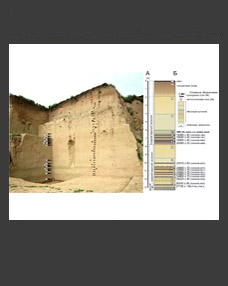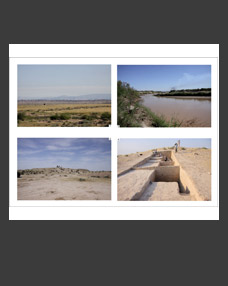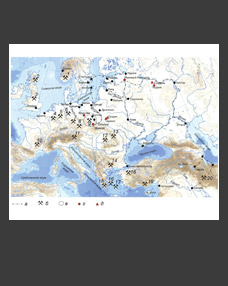Morgunov Yu.Yu.
Key words: chronicles, earthen ramparts, fortress walls, town fortifications, topographic landmarks, ruined vertical walls
Scholars interpret ancient earthen ramparts as foundations of fortress walls, independent protective barriers and ruins of town fortifications. That is why it is important to determine the real 10th – 13th cc. view of the protective role of ramparts and walls. For this purpose, the author analyzes all mentions of fortifications in the earliest and best-studied chronicles. For the main part, contemporaries perceived earthen ramparts as topographic landmarks. It is symptomatic that there was no established terminology for describing the outer appearance of the ramparts, and that their protective role has not been stressed even in descriptions of assaults on towns or of symbolic dismantling of fortifications by the victor. On the other hand, chronicles offer detailed information about town and fortress walls, telling about their structure, height, defenses and ways of assault. Descriptions of fortified walls in the chronicles became a metaphoric symbol of power and might. The well-developed constructional and technical vocabulary shows that the protective functions of walls were of vital interest to contemporaries, whereas that was not the case for earthen ramparts. The connection between older and ruined earthen ramparts and new walls built over them can be explained by the fact that taller walls meant more protection. Archaeological studies reveal methods of strengthening the old ramparts and traces of repeated renewal of walls above them. It is also possible that a new tradition of fortification was developing, and earthen ramparts were being built intentionally.







